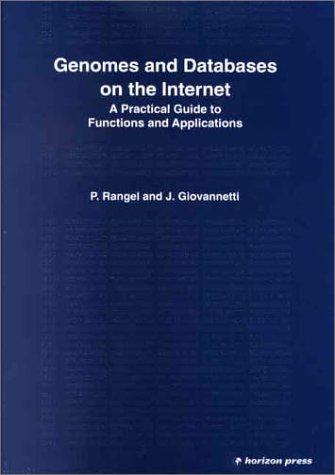Answered step by step
Verified Expert Solution
Question
1 Approved Answer
1. BINARYTODECIMAL,OCTAL(QUICK),ANDHEXADECIMAL(QUICK) The binary value you will be converting from will be derived from your Student ID (SID). Take each decimal digit of your SID
1. BINARYTODECIMAL,OCTAL(QUICK),ANDHEXADECIMAL(QUICK)
The binary value you will be converting from will be derived from your Student ID (SID). Take each decimal digit of your SID and assign a 1 above it in the corresponding column on the Binary Value row below. If a 1 is already present from a past duplicate digit, keep it as a 1.
Place 0s in any of the remaining empty columns of the Binary Value. You should now have a 10 digit unique binary value to use for your conversion; note the location of the radix point. Use the space below to convert this binary number to decimal. Show your work.
Quickly convert the binary value to octal (base 8) and hexadecimal (base 16) Chapter 1 lecture, slide #25; make note of the radix point. Show your work.
octal:
Hexadecimal: 
Binary Value: SID DigitO 12 3 0 
Step by Step Solution
There are 3 Steps involved in it
Step: 1

Get Instant Access to Expert-Tailored Solutions
See step-by-step solutions with expert insights and AI powered tools for academic success
Step: 2

Step: 3

Ace Your Homework with AI
Get the answers you need in no time with our AI-driven, step-by-step assistance
Get Started


